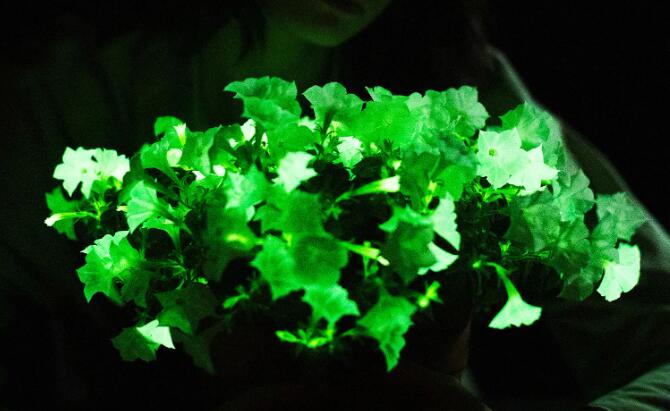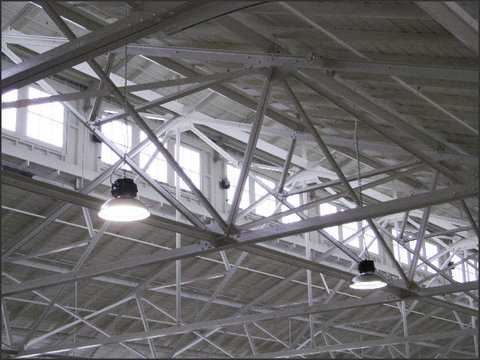In the fantasy world of literary and artistic works, luminous plants can be seen everywhere. Fantasy forests, street lamp flowers, fluorescent seeds floating in the air...these wonderful plants are so beautiful that they make people daydream. Have you ever thought that plants might glow in the real world?

The phenomenon of bioluminescence in nature is actually quite common. About 30 independent bioluminescence systems are currently known, and various luminescent species include bacteria, algae, fungi, and invertebrates.
Luminous organisms are so common that some scientists began to wonder: Can plants also glow?
It should be noted that you may have seen "glow-in-the-dark mushrooms" before, but "mushrooms" are not plants, but fungi.
Initially, scientists created luminescent plants in order to use fluorescent genes as reporter genes under laboratory conditions, so as to identify whether foreign genes have been successfully introduced into plants by detecting luminescence, or to judge the growth status of experimental plants based on the intensity of luminescence. Gene expression.
To study luminous plants, we can first learn from the advanced experience of luminescent organisms.
Bioluminescence relies on luciferase to catalyze its substrate luciferin to produce chemiluminescence. As early as the 1980s, scientists introduced firefly luciferase into plant cells or plants for expression. When the substrate luciferin and the energy substance adenosine triphosphate (ATP) are added through the culture medium or watering, the plant tissue will glow like fireflies.
However, these luminescent plants require substrates and energy from external sources, and have limitations such as weak luminescence, short duration, and difficulty in observing with the naked eye. Even the brightness effect of "capsule firefly night reading" cannot be achieved.
In addition to the above methods, scientists can also obtain fluorescent plants through genetic engineering in the laboratory by transferring jellyfish fluorescent proteins or modified fluorescent proteins into plant tissues for expression, but these plants must be exposed to ultraviolet or blue light. It can only emit short-term fluorescence under the excitation of certain substances, and it requires the use of instruments to detect. It is not a plant that truly has the ability to self-luminesce.
















